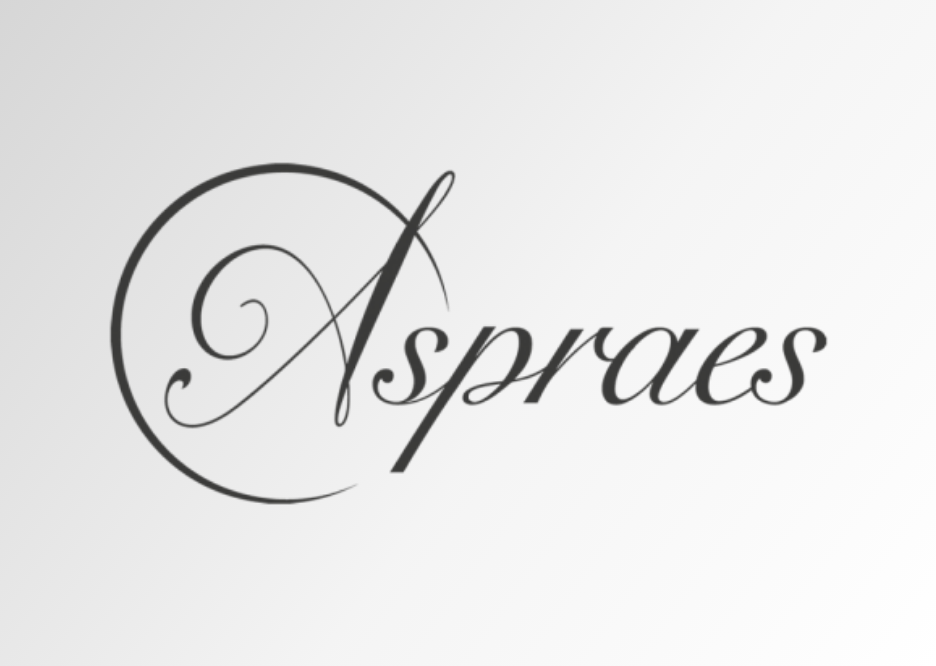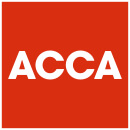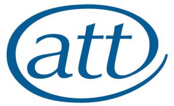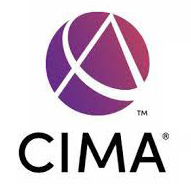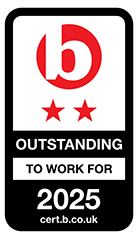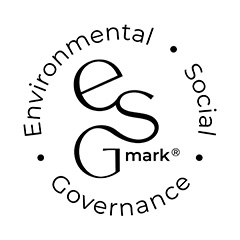The UK Government's Autumn Budget on 30 October introduced significant changes to a key Inheritance Tax relief called Business Property Relief (BPR), set to take effect from April 2026. These reforms aim to “target reliefs more effectively” but have raised concerns across the business community.
From an Essex family business perspective, this article summarises these changes and explores strategies businesses may adopt to mitigate the impact of the new regime.
The ‘new rules’
From 6 April 2026, a new £1M BPR (and APR) allowance will be introduced. 100% relief will only apply to the first £1M of qualifying assets. This allowance can be used against qualifying assets in the death estate or against gifts made in the 7 years prior to death which qualified at the time of the gift (and haven’t been clawed back).
Any qualifying assets exceeding this allowance will be taxed at an effective rate of 20% (40% IHT rate, less 50% BPR). The £1M allowance applies per person, so a married couple could have a combined allowance of £2M (although currently not transferable, so Wills may need revisiting to ensure it’s ‘banked’ on the first death).
Do the current rules still apply between now and 5 April 2026?
Yes, but there is a sting in the tail. For gifts made between 30 October 2024 and 5 April 2026, the current rules will apply at the time the gift is made. However, if the donor dies by 5 April 2026, the current rules will continue to apply to both the gift and to assets held on death.
Are gifts made before the Budget affected?
No. Gifts made before 30 October 2024 are not impacted. The current rules will continue to apply, irrespective of when the donor dies.
What tax planning can be carried out?
Hold on to it?
Holding on to qualifying assets worth around £1M could allow for tax-efficient inheritance. Assets held on death are ‘rebased’ to market value, effectively wiping out any capital gain, even if no Inheritance Tax was paid.
So, if a business is worth £1M per shareholder, the beneficiary could inherit tax-free and potentially sell without Capital Gains Tax (CGT) (assuming value hasn’t increased significantly).
Assets retained in the estate above £1M would be taxed at 20% IHT. The beneficiary would inherit at market value. With the top CGT rate being 24%, if planning to sell and, if original acquisition costs were very low, it may be tax effective to pass on those assets at death rather than as lifetime gifts.
Give it to family members?
For assets over £1M, gifting may appeal.
No IHT applies if the donor dies more than seven years after the gift. But, if they die within seven years and the gift exceeds their allowances, IHT will become due (though the IHT rate tapers after year threeeeee, by virtue of “taper relief”).
Therefore, those with qualifying assets over £1M might gift earlier than planned to start the seven-year IHT clock. This is particularly attractive for shares in companies/groups which are purely carrying out trading activities as the gift may qualify for ‘holdover relief’ – deferring CGT.
However, the donor must not benefit from the asset after the gift, otherwise the gift with reservation of benefit (GWROB) rules would see the asset remain within the IHT ‘net’.
Family dynamics must also be considered. If the business is gifted much earlier than originally planned to one child, how can fairness be maintained if other assets (like the home or savings) were intended for other siblings? This brings complexity.
There can also be the issue of Employment Related Securities (ERS), which is an Income Tax issue for the recipient of the shares. This is normally argued against for family gifts but is easier to argue when shares are left on death (when they have to go somewhere) rather than in lifetime.
Give it to a trust?
Trusts offer flexibility and ring-fencing assets, whilst enabling the settlor to retain some control as a trustee.
Where 100% BPR applies until April 2026, it should be possible (in most cases) to transfer shares into Trust without immediate IHT or CGT liabilities This starts the seven year clock but retains future flexibility and control.
Trusts are subject to 10-yearly periodic IHT charges (and exit charges for exits within a 10-year cycle) if value exceeds allowances – typically 3% for BPR/ APR assets. Each trust may have its own £1M BPR allowance, but there’s uncertainty around how this will apply to multiple trusts created by connected settlors.
The same issue will also be relevant in terms of needing to relinquish benefitting from the shares to avoid the ‘gift with reservation’ rules.
What other options are there?
Some business owners won’t want to gift to family or Trusts. Reasons may include reliance on dividend income, equality/fairness concerns, or plans to sell after death - making the CGT base cost uplift as valuable (and possibly more so) than IHT savings.
Others may believe these rules could get watered down or reversed in future.
For these scenarios, alternatives may include life assurance policies, either fixed term (until a gift is made and the seven-year period ends) or ‘whole of life’ policies.
Some consider more sophisticated share structures such as ‘freezer’ and ‘growth’ shares, to cap the estate’s value control future IHT exposure.
The fallback for those doing no planning is the 10-year interest-free IHT instalment option on BPR qualifying assets. However, this liability still needs funding and using dividends (subject to Income Tax) could impact the business’s growth and trading capacity under the next generation.
In summary, there are many options to consider within a relatively short window, and each route has several pros and cons. Please contact James Boustead if you would like to discuss further.
This article was published in the Spring 2025 edition of Business Time in Essex
If you have any questions about the above, or would like more information specific to your circumstances, please enter your email address below and we will get in touch:




